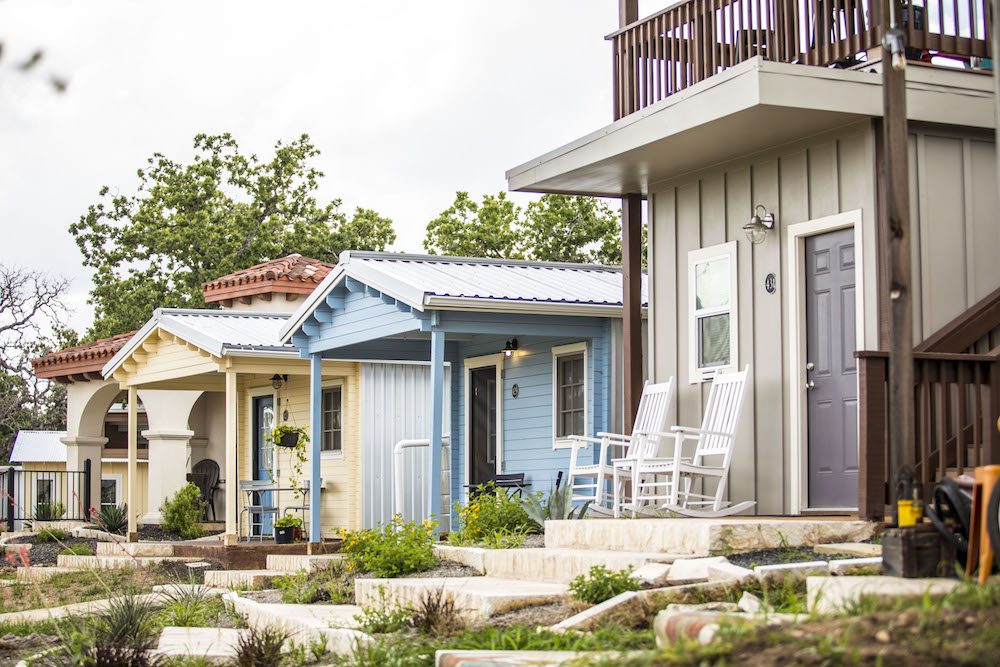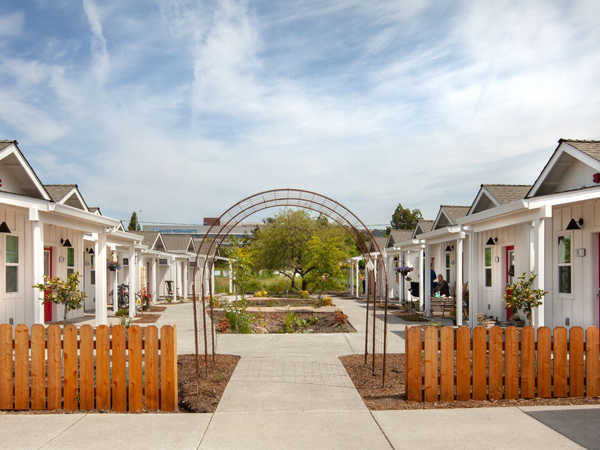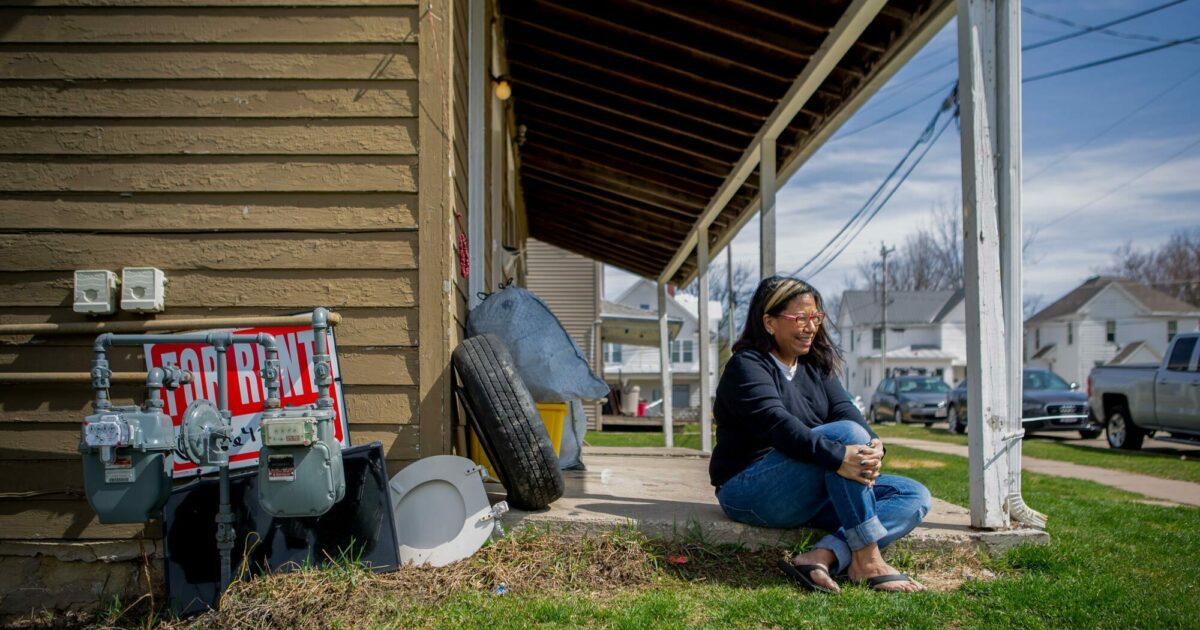First, let’s clear something up from the very start. A tiny house community is not a homeless village even though they may have similar-looking houses. The idea of a housing community to meet the affordable housing crisis is a totally different animal.

The idea of living in a tiny house has become increasingly popular in recent years, as people are seeking a simpler, more affordable, and more sustainable lifestyle.
A tiny house is typically a small, self-contained dwelling unit that ranges from 100 to 400 square feet in size. However, living in a tiny house can sometimes be isolating, and people may find it difficult to find suitable locations to park or build their tiny homes. This is where tiny house communities come in, providing a much-needed solution to these challenges.
Tiny house communities are neighborhoods or developments that are designed specifically for tiny homes. These communities can offer residents a range of benefits, including a sense of community and belonging, access to shared resources and amenities, and a more affordable way of living. In this article, we will explore the need for tiny house communities and the benefits they provide.

Affordability
One of the main reasons why people choose to live in a tiny house is to reduce their living expenses. By downsizing their living space, people can reduce their housing costs significantly. However, finding a suitable location to park or build a tiny home can be challenging, especially in urban areas. Tiny house communities can provide a solution to this problem by offering affordable land leases or rental agreements.
Shared Resources
Another benefit of living in a tiny house community is the shared resources and amenities. Residents can share common spaces, such as laundry facilities, community gardens, and recreational areas. This sharing not only reduces the cost of living but also creates a sense of community and belonging.

Environmental Sustainability
Living in a tiny house also promotes sustainability. A smaller living space means a smaller ecological footprint. Tiny houses require less energy to heat and cool, use fewer building materials, and produce less waste. Tiny house communities can further promote sustainability by implementing eco-friendly practices such as recycling, composting, and rainwater harvesting.
Sense of Community
Tiny house communities provide residents with a sense of community and belonging. Living in a small space can sometimes be isolating, but living in a community of like-minded individuals can help to combat this feeling. Residents can form social connections, share experiences, and support each other in their tiny house lifestyle.
Flexibility
Tiny house communities can offer residents flexibility in terms of location and mobility. Since tiny houses are often built on wheels, residents can move their homes to different locations within the community or even to a new community altogether. This flexibility allows residents to adapt to changing circumstances, such as job opportunities or personal preferences.
In conclusion, tiny house communities offer a much-needed solution to the challenges of living in a tiny house. They provide residents with affordability, shared resources, environmental sustainability, a sense of community, and flexibility. As the popularity of tiny house living continues to grow, we can expect to see more tiny house communities popping up across the country, offering people a unique and fulfilling way of life.




